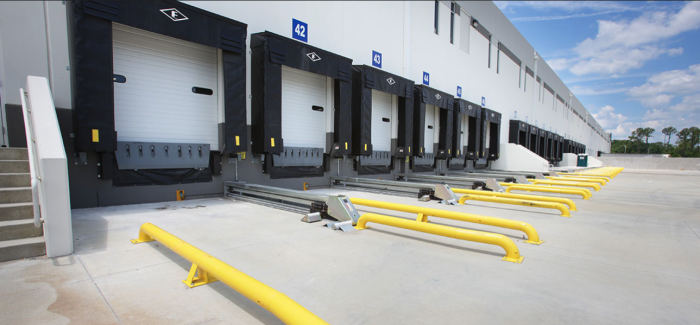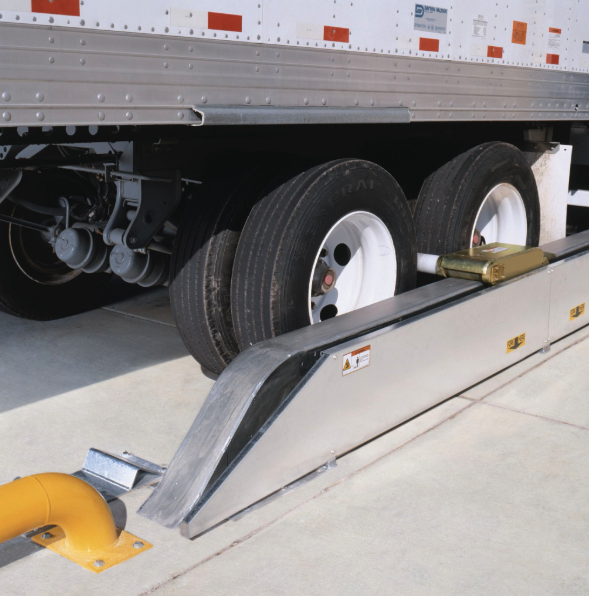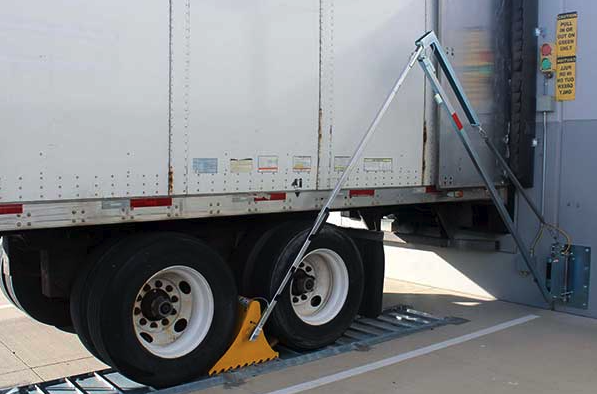


Loading dock trailer restraints are safety devices designed to secure trailers to the dock, preventing accidental movement during loading and unloading operations. Their primary purpose is to eliminate hazards such as trailer creep, premature pull-aways, and gaps between the dock and trailer, which can lead to catastrophic worker injuries, forklift accidents, and product damage. By physically locking the trailer in place, these restraints ensure a stable and continuous surface for both foot traffic and equipment, supporting safe, efficient logistics operations.
Safety and Accident Prevention
Trailer restraints virtually eliminate serious risks like:
-
Forklift operators falling off dock edges or into separation gaps.
-
Workers getting caught between a moving trailer and the dock.
-
Trailers shifting due to vibration, uneven ground, or landing gear collapse.
These risks are responsible for numerous annual injuries and fatalities in industrial settings, making trailer restraints a crucial element of OSHA compliance and workplace safety.
Types and Integration
Common types of trailer restraints include:
-
Mechanical and hydraulic devices that engage with the trailer’s rear impact guard (RIG).
-
Wheel-based restraints that block trailer wheels when RIGs are inaccessible or absent.
-
Automatic or powered systems that can be integrated with dock levelers and communication systems, further enhancing safety and operational efficiency.
Operational Benefits
Restraints increase productivity and confidence for dock workers and forklift operators by:
-
Providing a secure, predictable work surface.
-
Preventing costly downtime from accidents and streamlining loading/unloading cycles.
-
Reducing potential legal liabilities and insurance costs through documented compliance and risk mitigation.
